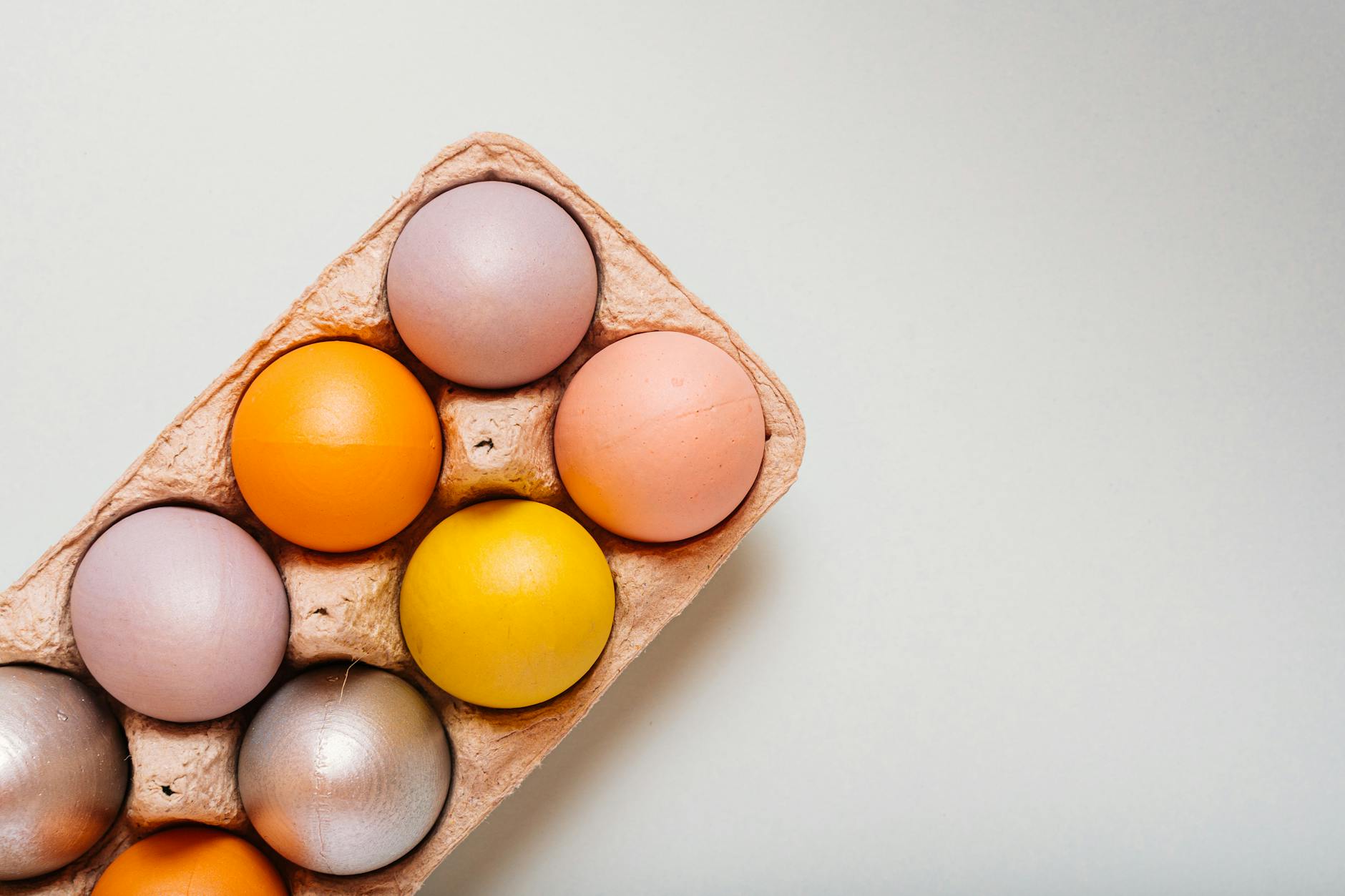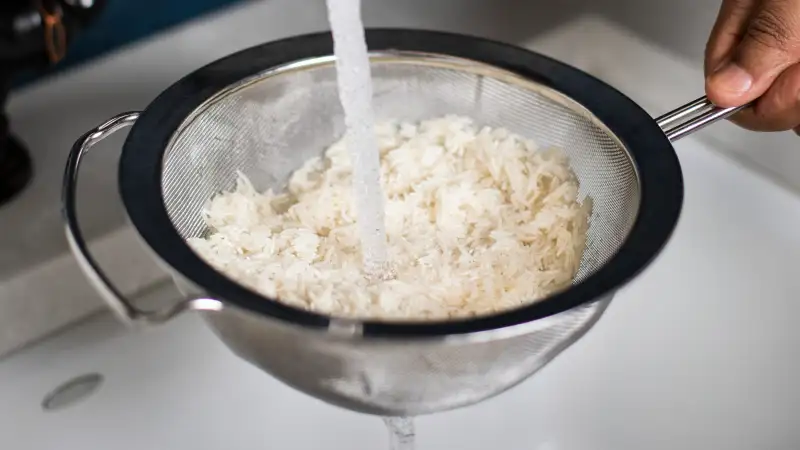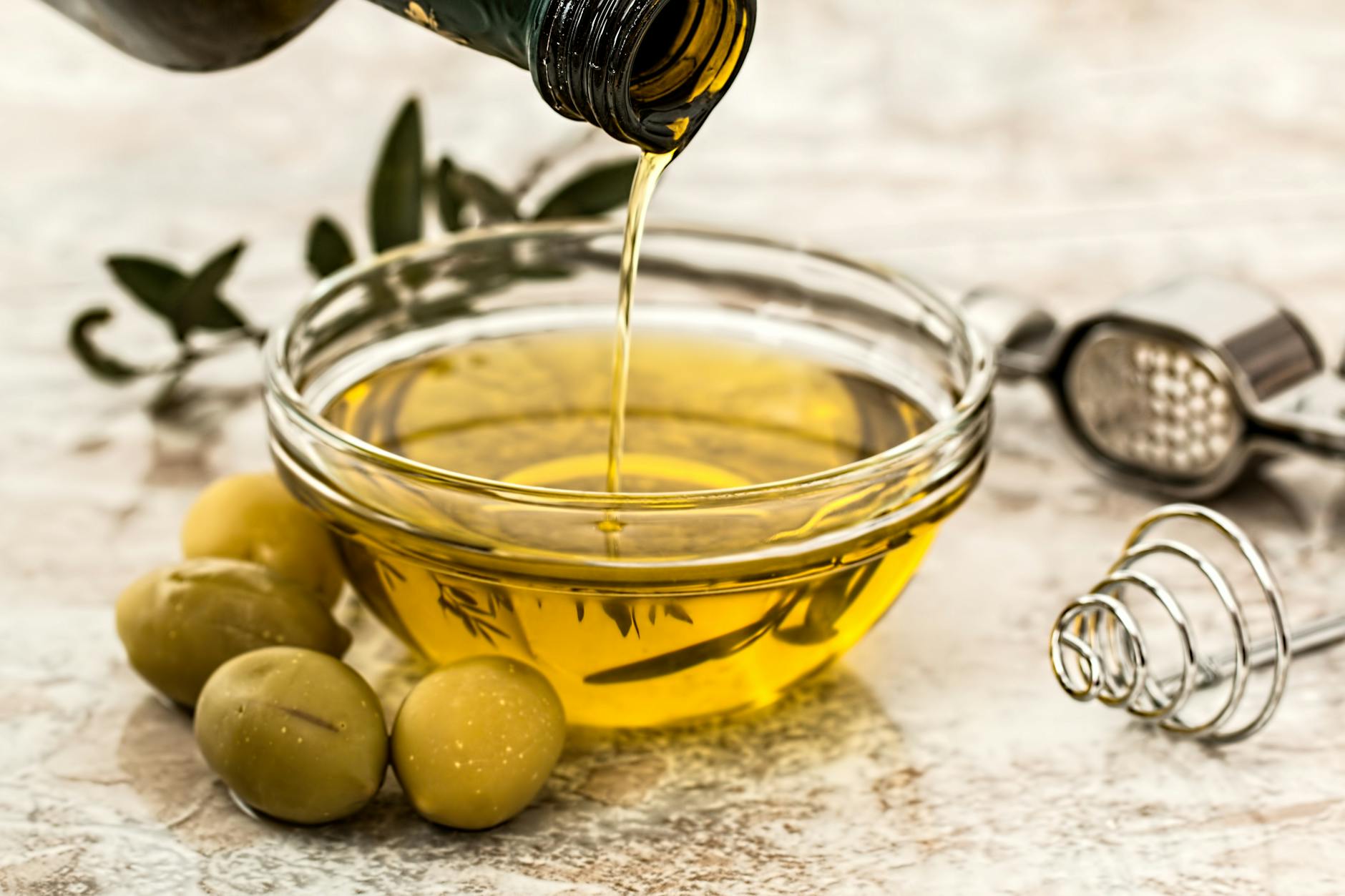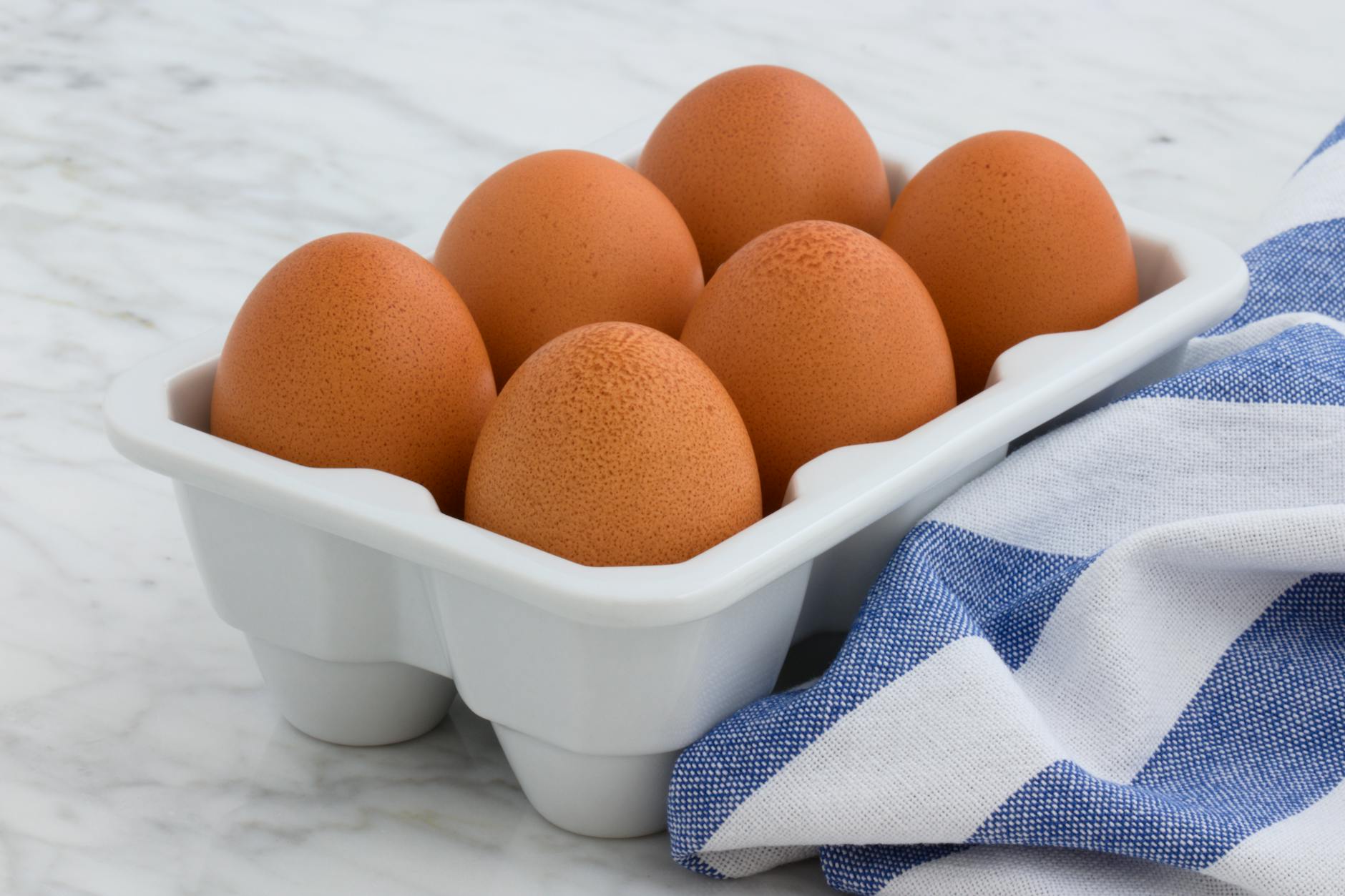
Easter brings the tradition of dying eggs in bright, festive colors, but if you plan on eating these beauties, it’s crucial to ensure they’re safe for consumption. Here’s what you need to know about the safety of dyed Easter eggs:
Understanding Egg Dye Safety
Most commercial egg dyes are made with food-safe materials. This means they’re non-toxic and safe for contact with foods like eggs. When you’re purchasing dye kits, look for labels that indicate the dye is “food-safe” or has been approved by the Food and Drug Administration (FDA).
Tips for Dyeing Eggs Safely
If you plan to eat your decorated eggs, follow these safety tips:
- Use Food-Grade Dyes Only: Always select dyes designed for food use. Never use craft or fabric dyes for eggs you intend to eat.
- Prepare Eggs Properly: Hard boil the eggs before dying them and make sure they are clean and free from cracks.
- Follow Instructions: Use the dye according to the manufacturer’s directions, which typically involves mixing dye tablets with vinegar or water.
- Refrigeration is Key: After you dye the eggs, they should be refrigerated if they won’t be eaten within two hours. This prevents the growth of bacteria that can cause foodborne illness.
- Handle with Care: Use clean utensils and gloves to handle the eggs to avoid transferring any contaminants onto the shell.
Natural Alternatives
For those who prefer a more natural approach, you can use foods and spices to dye eggs:
- Beet Juice for Pink: Simply mix beet juice with vinegar for a rosy hue.
- Turmeric for Yellow: A bit of this spice mixed with water creates a vivid yellow dye.
- Red Cabbage for Blue: Boiling red cabbage and using the water produces a surprising blue dye.
Natural dyes often require longer soak times for the color to take hold. Just as with commercial dyes, safely handle and refrigerate the eggs.
Post-Dyeing Consumption
Once you’ve dyed your eggs, remember these points to ensure they’re safe to eat:
- Peel and Eat Promptly: Once peeled, eggs should be eaten immediately. This is especially important if they have been out of the fridge for a while during an Easter egg hunt.
- Discard Cracked Eggs: If an egg cracks during dyeing or handling, bacteria could enter through the shell. It’s best to discard these eggs.
Alternative Decoration Methods
If you’re worried about safety but still want to decorate, consider using stickers, markers, or other decorations on eggs that won’t be eaten. That way, you can still enjoy the craft without any concerns for edible safety.
Conclusion
Dyed Easter eggs can indeed be safe to eat if you handle them correctly and use food-safe dyes. Always prioritize safety by keeping eggs refrigerated, using clean practices, and choosing the right dyes. With these precautions, you can joyfully participate in the tradition of egg dyeing without worry. Happy Easter and happy egg-dyeing!





